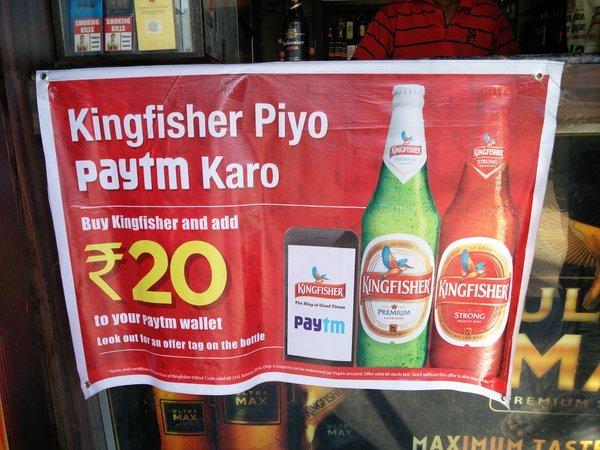
With thousands of new apps landing on app stores daily, cutting above the noise is the biggest challenge for any app. No matter how great your app idea is, you won’t succeed if it doesn’t find a place on mobile devices.
Then the next challenge after acquiring downloads is retention. App marketers all over the world are busy figuring how to make the app users stick. Around 90% of app users leave within first 4 weeks. The worst part is they are unlikely to come back!
By the end of the first six months, around 1% of users stick.
For every single Angry Bird-like success, there are a thousand failed stories.
It is doubtless to say that an app marketer’s work is no easier than that of a developer.
Here are five marketing basics you can apply for your mobile app marketing success—for less cost per acquisition, more retention, and more revenues.
1. Intent—the key trait of a customer
Ask an app owner about its target audience and there are 100% chance his answer will be an affirmative; followed by the traits and behaviours of its customers.
More often than not these ideas of target audience are based on hunches and guesses. And mostly, they are wrong!
A company like Coca-Cola, operating for over a century, still researches about its target audience. The reason is simple: identifying the target audience is not a one-time affair. It’s a continuous process. It takes time and effort.
To find the intent of your audience, you must get yourself equipped with Google’s novel concept of micro-moment marketing.
You need to identify the moments that a customer goes through to download an app. And find corresponding intents your targeted customer has in those moments.
Once you have this information, you can tap your customer at the right moment.
2. Have a retention strategy
Developing relationships with your customers is the secret recipe for customer retention.
Once your app has been downloaded, you need to have a strategy to make the customers stick.
There are several strategies you can apply to make customer retention a success. One thing you can always do is reward your loyal customers.
For instance, mobile game makers offer some free credits or other game-based rewards to its users who use it on a daily basis. This makes sure that a user has an incentive to keep coming back. Moreover, this giveaway increases as your number of days of consecutive use increases.
There are other strategies too. For example, in case you have a business app, you can offer customer support 24×7 if someone contacts you through app.
Or you can use geo-locators and push notifications to personalize their experience and keep them coming back for more.
3. Read between the lines
Want to tap an audience with endless running game who is already addicted to Subway Surfer? Or target Angry Bird audience with something similar?
These are all big NO!
No matter how great your app is, if it targets an audience who’s already familiar with the same concepts and probably where audience has thousands of other apps to compete with, you’re putting yourself into a trap you will regret.
Always look to read between the lines.
Snapchat owes its success and continuous annual growth to its marketers.
Unlike other social media apps, they came up with new innovative features which their developers were fast enough to translate into codes.

Instead of focusing on simply the ‘social’ aspect of social media, Snapchat deployed the power of mobile cameras to bring new life to social media.
Snapchat is still growing faster because no other social media platform was able to develop these features quick and as good as Snapchat did.
Each new functionality filled gaps in present social network apps and helped them poach users from Facebook and Twitter.
Within a few years, Snapchat has gone from a text messaging app to a media company. Not to mention the recent IPO.
4. Take feedback seriously
If you are aware of lean method for startup, you must be aware about how important customer can be in a product or an app development cycle.
Your users the sailors who will steer your app ship. Most of the features that successful apps have included were driven by customer feedback.
For instance, India’s leading payment wallet app, PayTM, which has now turned to payment bank, has a feature using which one can transfer from one-person to another. Although PayTM already had this feature, they did not understand the potential to which it can be used.
Once a PayTM employee was coming from a taxi and had not change. It was then the driver asked to transfer the payment via PayTM. And it was then PayTM’s ad campaign turned toward peer-to-peer payment.

Although this is an example of an offline feedback, what you will encounter most is online feedback. And they are no less important.
Always have a team who keep track of ratings, reviews, and keep going through customer feedbacks.
5. Leave room for growth
Once question that never comes to surface is: how to grow after success?
Pokémon Go received an unprecedented success. Just after its launch in July 2016, it had over 500 million users within five months.
Unfortunately, the frenzy didn’t last. After sometime, Niantic was losing almost one million users every single day.
The app did not offer anything new to the users and soon the customer become bored with the same routine of the game. For a long-term engagement, you should always look forward to adding new features to trap new audience and make sure the users keep coming back.


